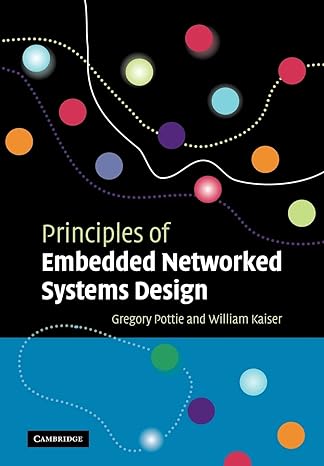Green eggs and ham orientation A burning scientific question is how characters in stories end up being
Question:
Green eggs and ham orientation A burning scientific question is how characters in stories end up being green eggs and ham fans/disdainers. Is like/dislike for green eggs and ham an innate property (an orientation) or is it a product of upbringing (a preference) and thus more mutable? Is it a mix of the two, and if so, in what proportion are nature and nurture responsible? A detailed investigation resulted in the simple belief network depicted in Figure 11.11. G represents whether there is a gene cluster present that is posited to lead to an affinity for green eggs and ham. The observed probabilities of G¼1 and G¼0 are 2/3 and 1/3 respectively. R represents exposure to rhyming couplets in childhood. This probability is 3/
4 regardless of which genes are present. The conditional distribution for liking or disliking green eggs and ham (L¼1 or 0 respectively) given R and G is given in Table 11.8.
(a) Compute the joint distribution P(L,R,G) and hence P(L).
(b) Is nature or nurture more important in green eggs and ham affinity?
(c) In what ways might this belief network model be limited given what you know of the green eggs and ham story?
Step by Step Answer:

Principles Of Embedded Networked Systems Design
ISBN: 978-0521095235
1st Edition
Authors: Gregory J. Pottie ,William J. Kaiser





